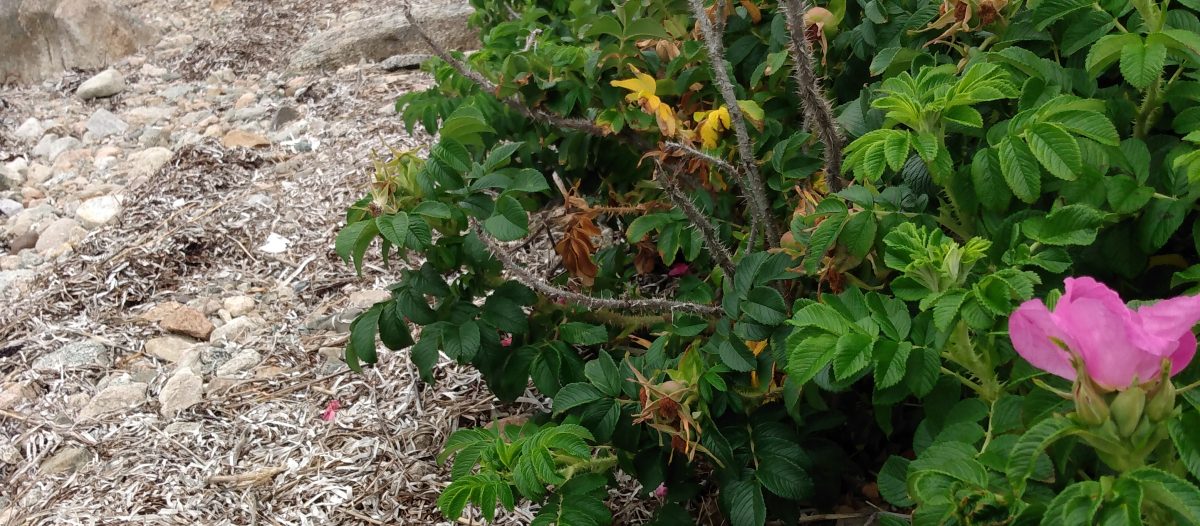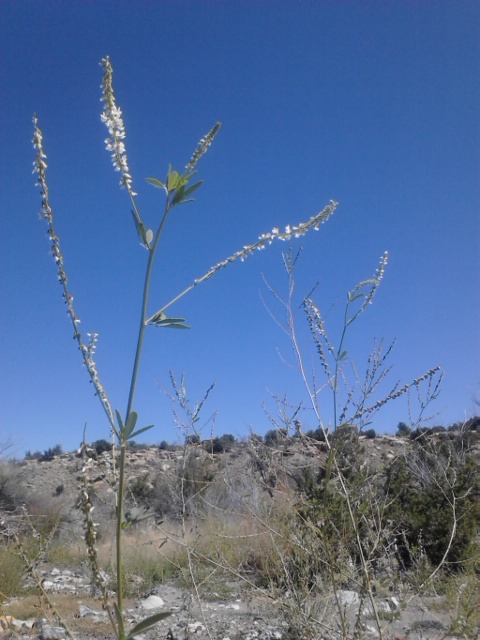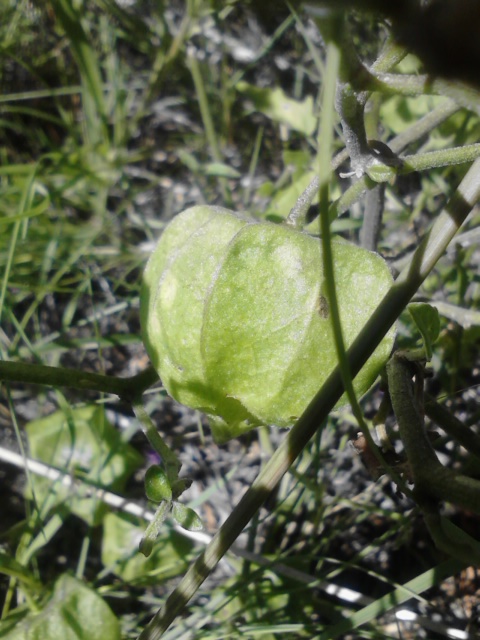Pectis Angustifolia
Plant Family: Asteraceae
Common name: Limoncillo, lemonscent, lemonscented cinchweed
(Always check latin binomial name above as different plants can have the same nickname or common name!)
Identification characteristics:
See book source end of post. Author: Delena Tull
Bright yellow flower heads are small
1/2 ” (1 cm) across
Leaves are 1/2-1.5″ (1-4cm) long and less than 1/8 ” long (1-2 mm) broad
Other aromatic species of Pectis may be used in a similar way.
*Harvest from larger colonies of the plant only.
…………………………………………………………………………………………………….
Note: Please see additional sources in identifying this or other plants. Bring an expert with you and/or someone who knows!
………………………………………………………………………………………………………
I really wish I had taken more pictures of this lovely plant.
(I’ve added more from the following summer!)
I learned about this plant when I went on a Nature Hike and in the link of the post I tell all about the Clammy Ground cherry!
But, I didn’t want to slow down anyone else around me or miss the upcoming, nearby plants of interest and discussion. So this year, I got one picture of the Limoncillo plant in full bloom. So glad I got a vibrant picture of all the flowers in bloom!
Turns out it makes a lovely lemony tea! Terri and I really enjoyed it.
No-one on the hike really knew the name of the plant. Just that it made a really refreshing lemony flavored tea.
I have been taking a Clinical Herbalism class. Learning about the medical aspects of Herbs.
I am all ears during the class and just love it!
I am taking the class in Albuquerque, New Mexico and quite enjoy being in a different place and city for a few hours every week!
I have been adding to my personal library of plant books.
After buying my textbook for class… I purchased this book!
Written by Delena, Tull.
I wasn’t sure if I was getting too extravagant but really felt a book, as the title describes, would be very useful.
Imagine my delight when I found color plate 15!
Yes, got to admit after a couple of weeks research, I was very happy to find out more about the mystery plant.
It became a mystery to me, because just a little nibble of the flower, captivated me by its very pleasant, lemony-fruity flavor. I really hoped I could find this plant just 5 or so miles away where I lived.
And turns out I did!
I thought it was a member of the asteraceae family and looked a bit like the ray petals of a dandelion…although a different shaped flower.
Here is plate 15 from this book I have been talking about!
This plant is commonly called Limoncillo.
This is a nickname that other plants that grow in the region have due to its lemony scent.
Other plants that have this nickname and grow nearby are called False Pennyroyal.
Pectis angustifolia is the Limoncello plant I made the tea out of.
When I found it just a few weeks or so later it was starting to dry out.
Coming to the end of its season as an annual plant.
Funny, as is often the case with me…
I had walked by this low lying plant and thought…
Well, maybe.
When dry, the surrounding leaves appear bract like. Its appearance was somewhat reminiscent of the plant in full bloom but different enough to make me not sure. So, the first walk I took… I noticed it in the back of my mind but wasn’t sure.
You can see the difference.
Or maybe better here…
Another aspect to foraging or wildcrafting.
Plants change according to the season! And in late summer, early fall this plant changes a lot!
The leaves sticking out of the now drying plant, gave it a bract like appearance that made me question the plants the first time.
Some of the flowers smelled lemony but were pretty far gone in the patch I had discovered that first day…
The second time I went not just meandering but looking for Limoncillo!… the memory of those few week older and drying, annual plants were still in the back of my mind.
Terri came with me. Our friends from where the nature hike was… was a bit lower in elevation, so we decided to take a path leading down to lower elevations.
And that is where we found our Limoncillo plants!
Here is the hill we wandered down.
And here are the flowers and some leaves and short stems we foraged for our tea!
We added a loose amount in a 4 oz jar shown here. A small jar…
To a small pot of water.
Brought it to a boil for 5 minutes and then turned off the heat, covered the pot, and steeped the tea for 10 minutes.
We loved it. It tasted a bit earthy like chamomile but with the overall fruity-lemony taste! By far one of my favorite foraged plants. It makes a lovely tea!
And I am grateful!
A tea for one, or two or many!
Early fall flowers above
And late summer blooms
…………………………………………………………………………………………………………
Wild lemony tea! Limoncillo!
Delena Tull in her book: Edible and Useful Plants of the Southwest… highlights use of the Pectis angustifolia/papposa plant.
P. 157
“The leaves and flowers of the low-growing annual herbs provide a pleasant lemony tea. Limoncillo blooms in summer and fall. The young, ediible leaves may be added as flavoring to stews. The volatile oil can be used to scent perfume, and the herb furnishes a yellow dye for wool. The pollen can cause hay fever in sensitive individuals. Found growing on calcium-rich soils throughout the Southwest, these fragrant wildflowers provide one of the best wild teas in the West…”
Wild Limoncillo…
…………………………………………………………………………………………………….
Asteraceae: Many healing plants!
Pectis angustifolia also has specific medicinal use. Please see source link below as well as bibliogaphy in link.
plant info source and medical use
Text Source:
Edible and Useful Plants of the Southwest. Texas, New Mexico and Arizona. by Delena Tull, University of Texas Press. Revised ed., 2013.
In the shade of a prickly pear cactus!
And near a favorite arroyo at a lower elevation… still in bloom at the end of September.
limoncillo in the arroyo above.
Limoncillo in New Mexico further Southwest in view of the Black Range and Gila Wilderness.

































































































